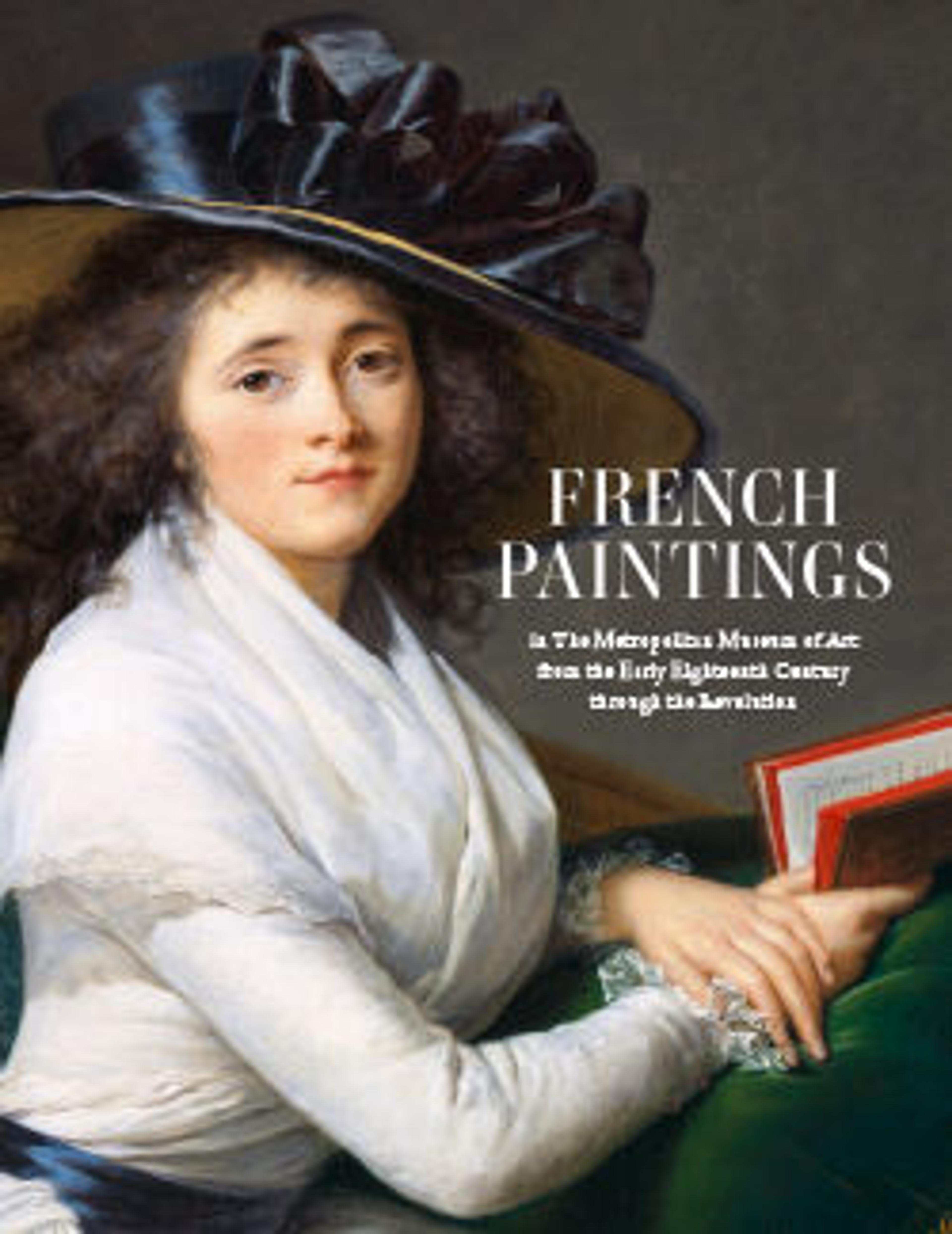Louis XV (1710–1774) as a Child
Artwork Details
- Title: Louis XV (1710–1774) as a Child
- Artist: After Hyacinthe Rigaud (French, Perpignan 1659–1743 Paris)
- Date: ca. 1716–24
- Medium: Oil on canvas
- Dimensions: 77 x 55 1/2 in. (195.6 x 141 cm)
- Classification: Paintings
- Credit Line: Purchase, Mary Wetmore Shively Bequest, in memory of her husband, Henry L. Shively, M.D., 1960
- Object Number: 60.6
- Curatorial Department: European Paintings
Audio
2288. Louis XV as a Child
NARRATOR: This large portrait shows King Louis XV at the age of five, draped in coronation robes. He succeeded to the French throne upon the death of his great- grandfather, Louis XIV, in 1715. But Philippe II, Duc d’Orléans, acted as Regent, governing until 1723, when Louis turned thirteen. The highly ornate French Rococo developed during Louis’s reign. And this room’s elaborate gold-and-white paneling shows this evolving decorative style. On the rounded corners are asymmetrical allegories of the seasons. Carved at the tops are faces, and beneath them are objects such as a basket and garden tools symbolizing Spring. Going counter clockwise, the youthful face of Spring eventually fades to Old Man Winter.
More Artwork
Research Resources
The Met provides unparalleled resources for research and welcomes an international community of students and scholars. The Met's Open Access API is where creators and researchers can connect to the The Met collection. Open Access data and public domain images are available for unrestricted commercial and noncommercial use without permission or fee.
To request images under copyright and other restrictions, please use this Image Request form.
Feedback
We continue to research and examine historical and cultural context for objects in The Met collection. If you have comments or questions about this object record, please contact us using the form below. The Museum looks forward to receiving your comments.
